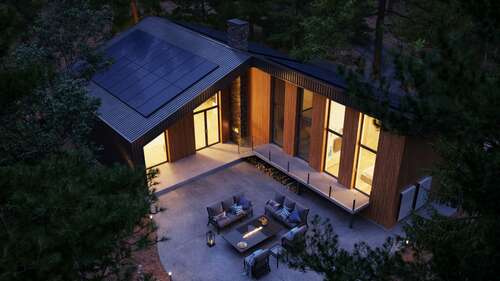
Solar panels, as their name suggests, need sunlight to function. They consist of photovoltaic cells, featuring semiconductors that release electrons when hit by photons from sunlight — producing electricity. In other words, they don’t work at night. You may wonder why moonlight, which is just reflected sunlight after all, can’t power solar panels. There are several factors involved, including the energy efficiency of solar panels, which is typically between 15 and 30%. This means panels can only convert that particular percentage of solar energy into electricity.
Consider that, on average, at the top of the atmosphere, the Earth receives 1,360 watts of solar energy per square meter. Moonlight, on the other hand, works out to approximately 0.0006 watts per square meter at full moon. Acknowledging this difference, moonlight energy is close to 2.3 million times weaker than sunlight. Even if we examine only luminosity rather than energy, moonlight is still 1 million times weaker than sunlight at its brightest.
However, all this doesn’t mean that you can’t use solar energy at night. If you invest in solar batteries, the unconsumed excess energy that your solar panels produce during the day can be stored and used to power your house at night. The same principle applies to the scheme known as net metering, where the excess energy (or even all the energy) your solar panels produce is fed into the utility grid, offsetting your utility costs with credits.

